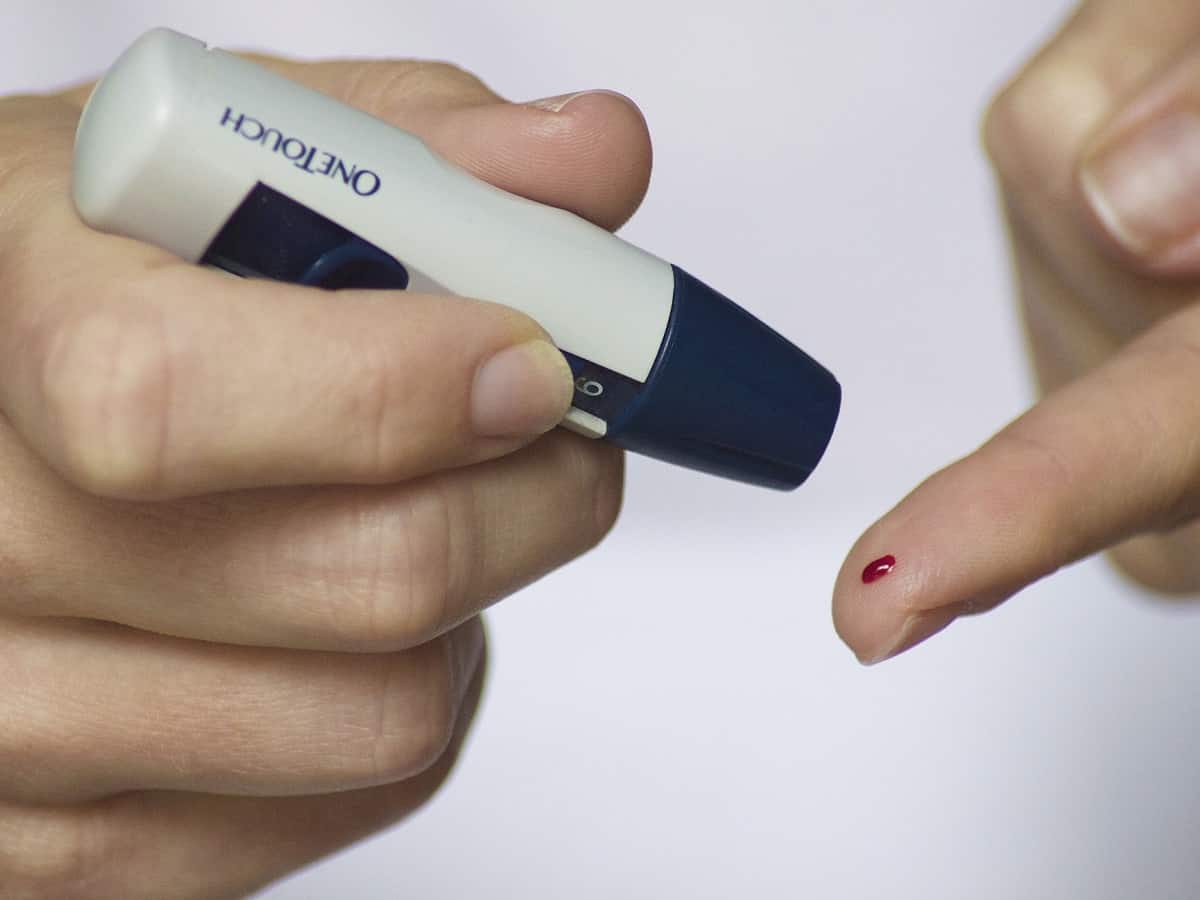London: Researchers have revealed that children under the age of seven, who are diagnosed with with Type 1 diabetes have a different form of the condition compared with those diagnosed aged 13 or above.
Type 1 diabetes occurs when the body’s immune system attacks the insulin-producing cells in the pancreas, destroying them.
This means they no longer regulate blood sugar levels effectively and people affected by the condition must inject insulin several times a day to do this job, the researchers said.
They have suggested new names for the two distinct endotypes: Type 1 Diabetes Endotype 1 (T1DE1) for that diagnosed in the youngest children, and Type 1 Diabetes Endotype 2 (T1DE2) for those who are older at diagnosis.
“We’re extremely excited to find evidence that type 1 diabetes is two separate conditions: T1DE1 and T1DE 2. The significance of this could be enormous in helping us to understand what causes the illness, and in unlocking avenues to prevent future generations of children from getting type 1 diabetes,” said study researcher Noel Morgan, Professor at the University of Exeter in the UK.
“It might also lead to new treatments, if we can find ways to reactivate dormant insulin-producing cells in the older age group,” Morgan added.
The study, published in the journal Diabetologia, showed that children who were diagnosed under 7 years old do not process insulin properly and the cells that make it are quickly destroyed.
Surprisingly, those who are older at diagnosis (aged 13 or over) often continue to produce normal insulin; findings which reignite important questions about whether these “dormant” insulin-producing cells could be reinvigorated to work more effectively.
The research team reached their conclusions by analysing two bioresources including the unique Exeter pancreatic biobank comprising more than 130 samples, many of which come from children and young people who died soon after being diagnosed with type 1 diabetes.
They also studied whether the differences seen in the pancreas are mirrored in the blood of people diagnosed with Type 1 diabetes at increasing ages.
“Our research could have a significant impact on current emerging therapies for type 1 diabetes,” said study researcher Sarah Richardson.
“We’re seeing a lot of promise in immunotherapies which can slow disease progression, but so far that hasn’t translated into effective new treatments. It could be that we need to focus on the use of different therapies in each age group, for these to be effective,” Richardson added.

